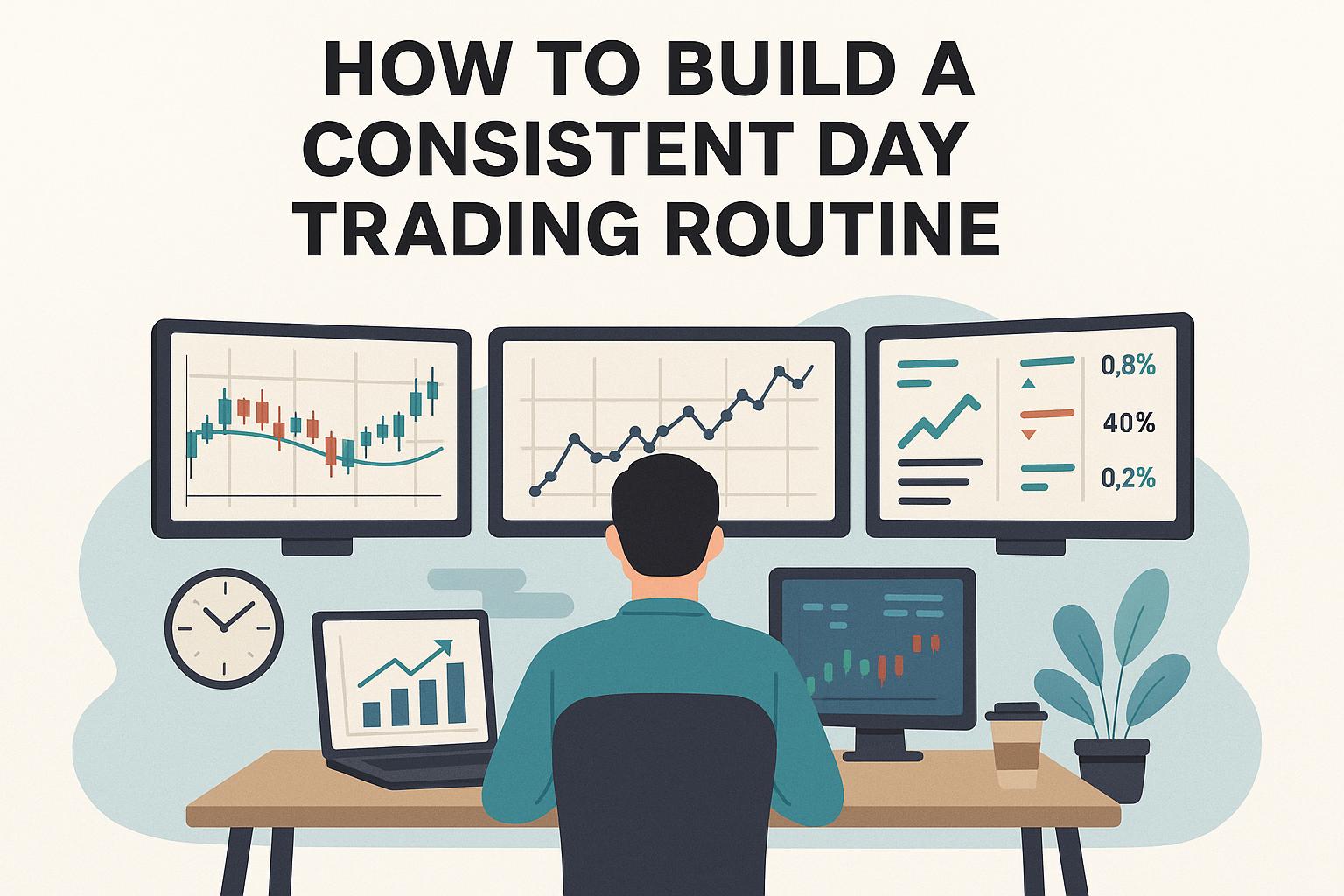Establishing Your Foundation
Creating a successful day trading routine necessitates a strong foundation. Begin by focusing on education and understanding the markets you plan to trade. Markets can be complex, with a myriad of factors affecting asset prices, which means educating yourself is the first critical step in developing a solid trading routine. Various educational resources, such as online courses, webinars, and financial news platforms, are readily accessible and can prove invaluable in enhancing your knowledge. These resources provide a comprehensive understanding of the markets and how they operate.
Learning the nuances of technical analysis is essential. This analytical method helps traders evaluate investments and identify trading opportunities by analyzing statistical trends derived from trading activity, such as price movement and volume. Being well-versed in technical analysis allows traders to make informed decisions based on chart patterns and historical data, which can be pivotal in predicting future market behavior.
Apart from technical analysis, understanding the economic events that might influence your chosen markets is also critical. Economic indicators, such as GDP growth rates, employment figures, and consumer sentiment, can significantly impact market movements. By staying informed about these indicators, traders can better anticipate changes and align their trading strategies accordingly.
Moreover, selecting the right financial instruments is a crucial component of day trading. Decide whether you want to trade stocks, forex, commodities, or other assets. Evaluate each option carefully by considering factors like liquidity, volatility, and your personal expertise in the asset, which play a substantial role in shaping your trading decisions. Liquidity ensures you can enter or exit a trade with ease, while volatility presents opportunities for significant gains, albeit with higher risks. Tailor your choice of financial instruments to match your personal trading strengths and interests.
Setting a Trading Schedule
Developing a consistent day trading routine involves setting specific trading hours. This consistency serves as the backbone of effective day trading. Determine which time of day aligns best with active market sessions for your chosen assets. For instance, forex traders might focus on the overlapping sessions between major financial centers, which tend to have heightened trading activity due to increased market participation. Similarly, stock traders may align their activities with the hours of major exchanges to maximize engagement with market movements.
Be aware that market behavior can vary significantly throughout the day. The opening and closing hours of an exchange are often marked by heightened volatility, which can present both opportunities and risks to traders. During these times, rapid price movements might occur, thus offering potential profits for those well-prepared. However, the same volatility can lead to significant losses if not managed correctly.
Preparing Before Market Open
Each trading day should begin with a thorough preparation process. Review any relevant news, economic data releases, or corporate earnings reports scheduled for that day. This preparation helps in understanding the factors that can influence asset prices, thereby aiding in better market predictions. By staying informed about these elements, traders can identify potential shifts in market sentiment and adapt their strategies proactively.
Develop a watchlist of assets with potential for movement and be prepared to adjust your strategy based on real-time information. A dynamic approach, where you regularly update your watchlist and strategies based on current events and market conditions, is beneficial for capitalizing on immediate opportunities that might arise.
Technical Setup and Tools
A reliable technical setup is imperative for day traders. Ensure that your trading platform is efficient and fits your personal trading style. The right platform can significantly enhance trading performance by providing necessary tools and features tailored to your requirements.
Common tools include charting software, news feeds, and trading journals. These resources aid in analyzing price movements and recording trades, fostering discipline and reflection. Advanced traders may utilize algorithmic trading systems or customize indicators to fit unique strategies. Engaging with these advanced tools can streamline your trading processes and potentially improve decision-making efficiency.
Familiarizing yourself with the features your platform offers is advantageous. This knowledge enables you to leverage the platform’s full capabilities, thus supporting comprehensive decision-making and effective trade execution.
Risk Management Strategies
Risk management is a foundational element in day trading. Determine your risk tolerance and establish strict stop-loss and take-profit levels for each trade. These pre-defined limits help protect your trading account from substantial losses, ensuring your capital is preserved even during unfavorable market conditions.
Many traders follow the 1% rule, which suggests risking no more than 1% of their account balance on a single trade. This approach helps in maintaining manageable losses and minimizes emotional decision-making during volatile market periods. By adhering to disciplined risk management strategies, traders can protect their investments and enhance the longevity of their trading careers.
Regularly reviewing and adjusting your risk management practices is essential to survival and success in trading. Ensure these practices remain effective and align with your evolving experience as a trader. As market conditions and your personal trading objectives change, so too should your approach to managing risk.
Maintaining Discipline and Consistency
Discipline is crucial for sustaining a successful trading regime. Create a daily routine that incorporates both time for trading and personal well-being, as the mental and physical aspects of trading are interconnected. Balanced routines prevent trader fatigue and maintain clear decision-making capacities, essential traits for success in the fast-paced trading environment.
Breaks are important, providing traders with an opportunity to refresh and return to the trading desk with renewed focus. Furthermore, adopting a consistent review process at the end of each trading session supports continuous learning and improvement. By analyzing both successful and unsuccessful trades, traders can identify patterns and refine their strategies.
Finally, it is beneficial to remain adaptable. Markets are dynamic, and being open to refining strategies in response to newfound knowledge or shifts in market dynamics enhances long-term success. By maintaining a flexible approach, traders can align with current trends and leverage emerging opportunities.
This article was last updated on: September 16, 2025


